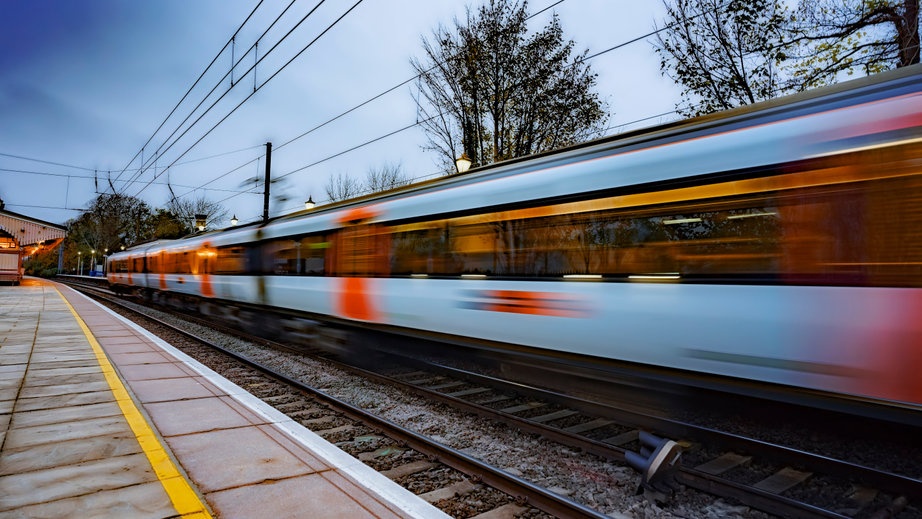
Investing in a Buy-to-Let property comes with many considerations, from choosing the right finance option to weighing up your landlord responsibilities. However, one of the most important decisions you’ll have to make is deciding on a location, as this can often make or break a property portfolio.
Over the years, London has been recognised as one of the most lucrative investment locations within the UK, but as towns across the South East continue to flourish and the London market remains expensive, investors now have even more Buy-to-Let locations to consider.
With this in mind, SevenCapital, a leading UK property investment company, discusses the rise of the outer commuter belt, and whether or not it’s here to stay:
What is the Outer Commuter Belt?
London’s property market has long been in a league of its own, characterised by rising property prices and competitive rents. While this has been at the root of its success as an investment hotspot, it has also been a significant force in driving tenants out of the city. With the potential for more affordable rents, house prices and even lifestyles all accessible in under an hour by train, the London commuter belt (and subsequent ‘outer commuter belt’) has emerged.
From Basingstoke to Essex, the commuter belt spreads far and wide, appealing to those that work in the capital but want cheaper, more spacious or ‘rural’ living conditions. As more tenants continue to prioritise affordability and greener environments, they are now willing to look further afield – even outside of the traditional commuter towns.
The global pandemic has only propelled the outer commuter belt, and has introduced the likes of Bracknell and Milton Keynes to transient tenants. The rise of additional transport links, such as the ongoing Crossrail project, has given these tenants more opportunity to explore their options outside the capital, and subsequently, has given investors the opportunity to consider more affordable spots.
Not only do these locations across the outer commuter belt typically provide more affordable price points than London, but as demand continues to grow, there is often more opportunity for a property to undergo capital growth.
The Crossrail Effect
The Crossrail project spreads far and wide across the South East, and its completion is set to benefit both transient tenants and property markets across the region. Specifically, the completion of the £17.8 billion rail line will bring 1.5 million more people within a 45 minute commute of London, which in turn, could deliver an extra £42 billion to the economy.
In offering regular transport links between this region and London, it’s expected that Crossrail will serve around 200 million annual passengers upon completion. However, the ripple effects of Crossrail will be seen for many years to come, with this ambitious project putting many Berkshire towns in the spotlight.
In an attempt to satisfy the increasing demand across these outer commuter towns, such as Bracknell, thousands of new homes are expected to be built along the route by 2026. And by making these hotspots more accessible to the capital, it’s encouraging further investment into the local area.
As well as encouraging more inward investment in the form of new opportunities and regeneration schemes, Crossrail is set to propel the South East property market in the years to come. While the recent shift in tenant demands has already influenced a 3.75% annual increase in house prices, this annual growth is set to surpass 17% by 2025, coinciding with the completion of Crossrail.
Along with 8% growth in rental prices during the same period, the Crossrail project is an undeniable contributor to the rise of the outer commuter belt, which in turn, is giving investors the opportunity to broaden their horizons when searching for potentially lucrative Buy-to-Let opportunities.
Is the Outer Commuter Belt Here to Stay?
There can be no denying that this shift in trends – particularly the expansion of the ‘outer commuter belt’ – is largely down to the pandemic. As more tenants and homeowners search for greener prospects outside the capital, the ongoing Crossrail project has only fuelled this shift, with the promise of increased accessibility between commuter towns and London causing many to reconsider living in the capital.
While the UK continues to embark on ‘life after lockdown’, increased flexibility in many work environments is likely to sustain the ‘London Exodus’ in some capacity. Combined with the completion of Crossrail in 2022, this could continue to strengthen the outer commuter belt amongst both homeowners and tenants.
In addition to the rise in transport links, the regeneration of many outer commuter belt towns is only increasing their appeal. Specifically, Bracknell is in the midst of its biggest transformation to date, with the Town Centre Vision set to rejuvenate the town with new public spaces, amenities and employment opportunities.
With the town’s renowned tech industry worth over £10 billion, and over half of the working population employed at senior level or above, this offers insight into what is yet to come for Bracknell, as well as signifying the opportunities within many outer commuter belt towns. For those looking for their next Buy-to-Let venture, the SevenCapital Investment Calculator can be both a starting point for investors and also offer an idea of what to expect in terms of costs and outgoings.
Over the past 12 months, many factors have contributed to the rise of the outer commuter belt, from an undeniable shift in tenant demand to multiple regeneration schemes and the near completion of Crossrail. With this inward investment catalysing more projects across many Berkshire towns, the rise of the outer commuter belt is offering tenants a plethora of opportunities, while giving investors more options for diversifying based on location.